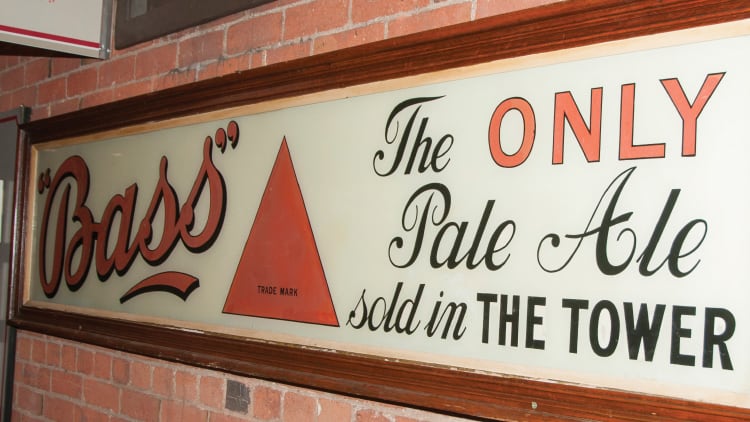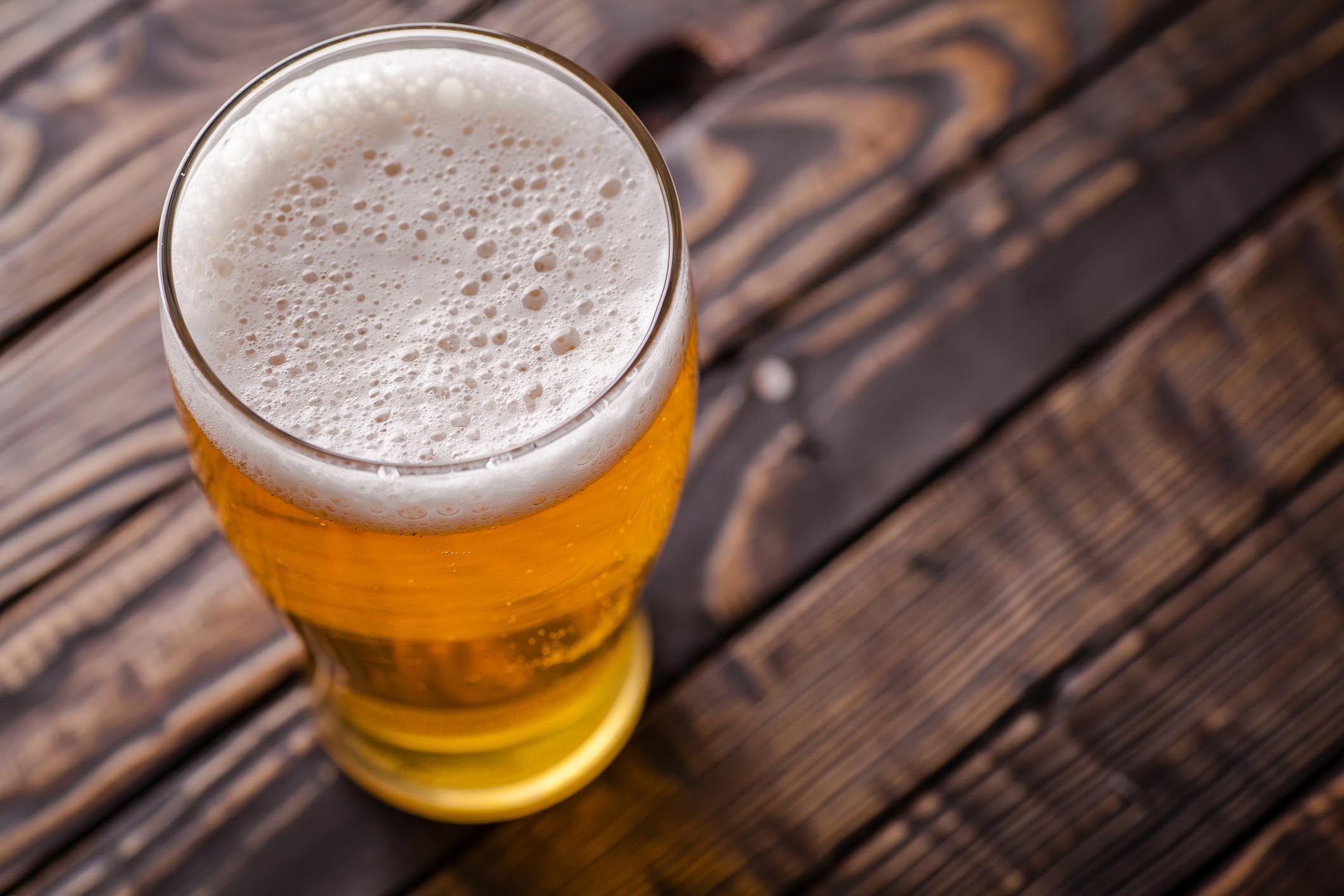I had to giggle when I read in The Morning Advertiser that, shortly after winning an award at the World Branding Awards, JD Wetherspoon insisted that it was not, in fact, a brand at all.
’Spoons spokesperson Eddie Gershon was, as ever, diplomatic and eloquent. Accepting that everyone loves to win an award, he said Wetherspoon has “gone out of its way not to be a brand, for example, giving all its pubs different names and the fact that all of its pubs look different”.
He went on to say “customers will recognise the same qualities that all Wetherspoon pubs offer and that is a very positive thing”.
As a former and still occasional brand strategist, I found this fascinating, in ways that I believe should resonate with the rest of the on trade.
There’s a suggestion in Eddie’s response that being seen as a brand is a bad thing. We could infer from his remarks that brands are seen as homogenous and corporate, unvaried, and therefore unsympathetic to their local clientele.
I’ve criticised Wetherspoon for many things in the past and will continue to do so, but I applaud their commitment to finding and celebrating the unique local quirks in every single pub they open. If ‘bland and homogenous’ is your first impression of what a brand is – and in an age of identikit high streets, who could blame you for thinking that? – then I can totally sympathise with anyone for whom being called a ‘brand’ rankles.
But is that really what a brand is? This is the question that made me chuckle. If you’ve been paying attention to anything written about beer in the past decade, it can’t have escaped your attention that the debate over the definition of ‘craft beer’ rages like an aggrieved drunk on a loop at the end of the bar.
But if you think this perplexing dilemma is unique to the beer industry, think again.
Labels and labelling
Forty-two years ago, my friend Richard was the manager of a punk band called Buzzcocks. He set up New Hormones, the UK’s first independent record label, to put out their records. Four decades later, he’s still invited to panels and TV shows that revolve around seeking an accurate definition of ‘punk’, or ‘indie’, or both.
In the late 1980s, while Richard was sparring with these issues (and Morrissey’s moods and whims) at Rough Trade records, I was at university studying the first ever degree course on terrorism. Our first term was taken up by discussing the 256 different definitions of the word ‘terrorism’ that academics had managed to come up with by then (there must surely be many more by now) and debating whether there could ever be any consensus.
After graduating, I went into advertising and, for 10 years, I was involved in lengthy debates involving many alternative definitions of what a brand might actually be (all of this is why I’m fairly relaxed about the lack of a satisfactory definition for craft beer).
The origin of the term was the hot metal brand used to mark cattle, to show who they belonged to and prevent them being stolen. It, therefore, translated pretty well to the idea of using a red triangle on a beer label to show that this was a beer from Bass, and then legally protecting that trademark (the first ever in the UK) so no one else could use it if their beer wasn’t Bass.
But a brand is not (just) a logo or mark. It’s not about everything looking the same. The reason Bass protected their triangle was because it stood for more than ownership: it was a guarantee of quality. This beer will taste like Bass; beers without this mark will not. If you think of a brand as an idea rather than a physical entity, it’s a promise of consistency. Or as Eddie Gershon put it, the recognition by customers that each time they come across it, it will “offer the same qualities” that every other one offers.
Wetherspoon is not only a brand, it’s a very strong one: despite the fact that all the pubs have different names and look different, you can still tell it’s a Wetherspoon as soon as you enter, and you know exactly what you’re going to get. Its strength as a brand is a fundamental part of its success, and something other parts of the market could learn valuable lessons from.




